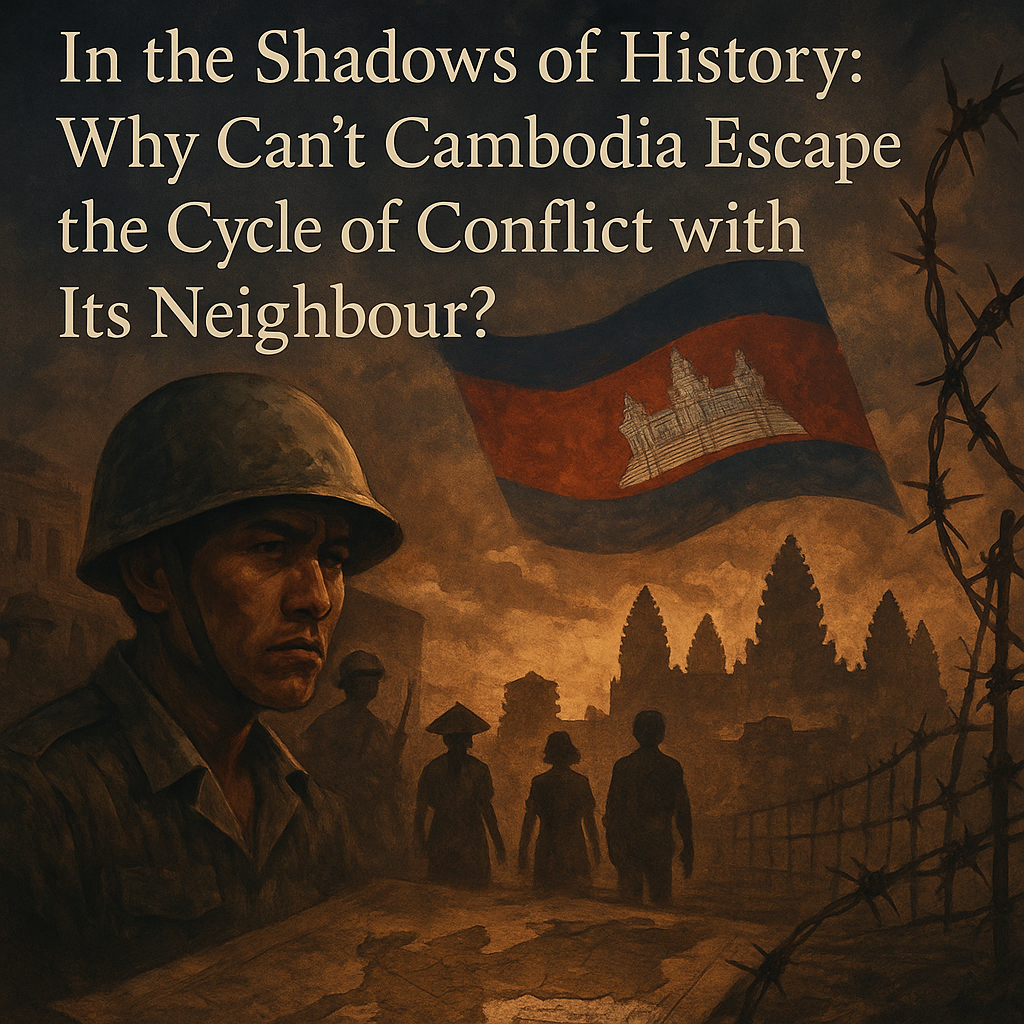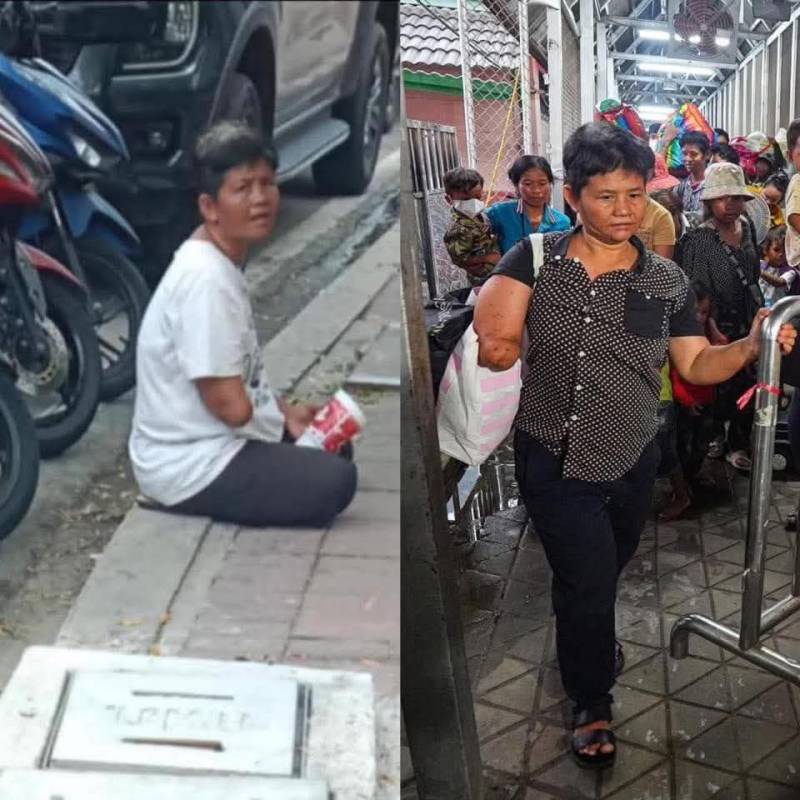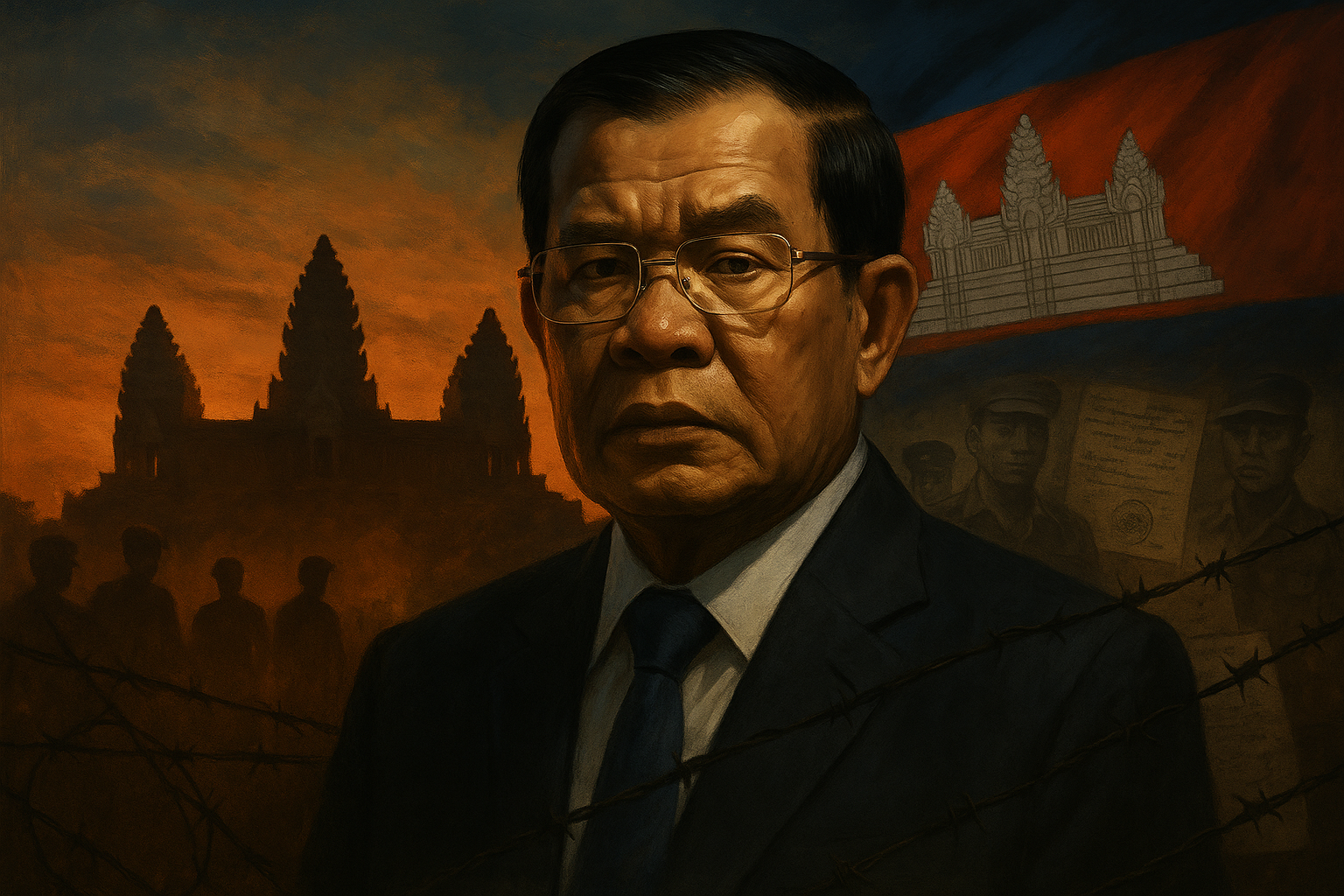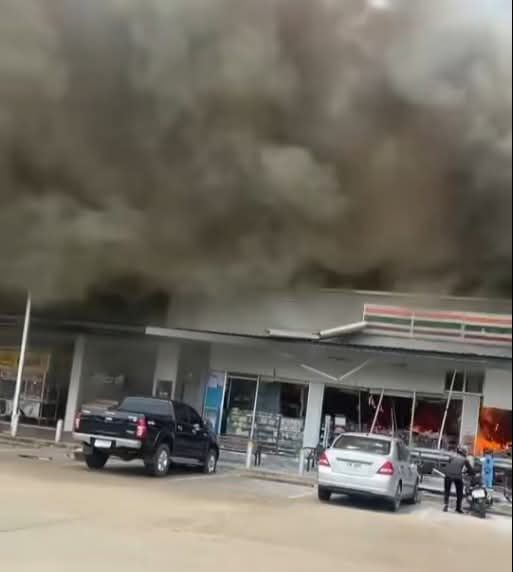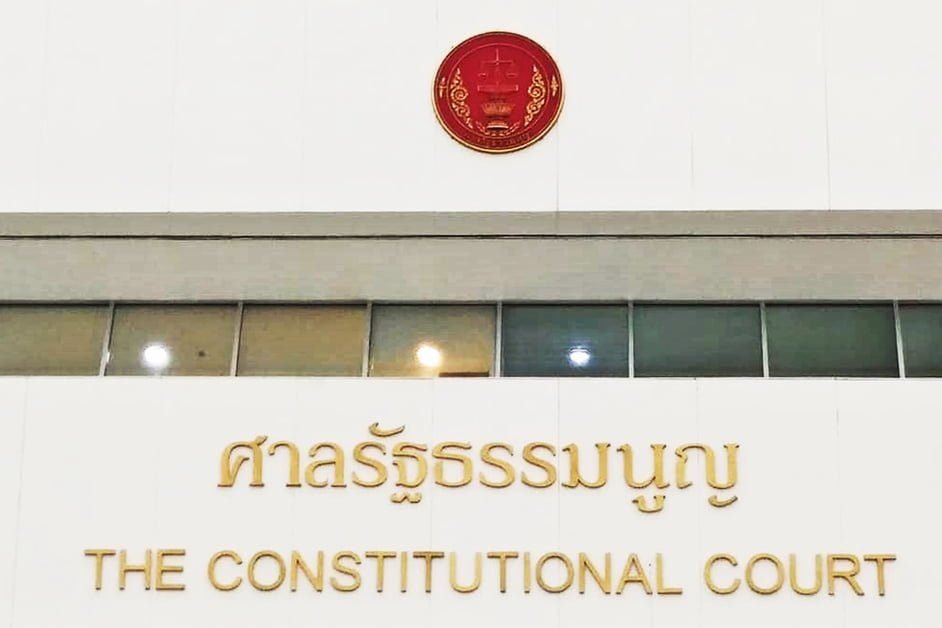If we compare Southeast Asia to a chessboard, Cambodia might be seen as a pivotal piece—capable of many moves, but always at risk of being cornered. Contemporary Cambodian history is filled with scars, negotiations, and a deep-seated mistrust, both internal and external. The country’s ongoing disputes with its neighbors are not simply “border conflicts”—they are the product of a constant, cautious maneuvering in a geopolitical arena where power, interests, and national survival are always at stake. 1. Historical Wounds: The Legacy of Borders and the Fall of an Empire Cambodia was once the mighty “Khmer,” ruling over vast territories of what is now mainland Southeast Asia for centuries.But the decline of the Angkor Empire (Angkor Wat–Angkor Thom) brought not only a loss of territory and influence but also left a deep scar on the nation’s spirit and identity.The sense of having lost “old lands”—especially those now part of Thailand, Laos, and Vietnam—remains a profound trauma in the Cambodian collective memory. As neighboring countries redrew borders during the colonial era, Cambodia was forced to accept terms it had little power to influence.This is the root of many unresolved territorial disputes that persist today. 2. Land as Dignity, Ethnicity as a Wound Conflicts between Cambodia and its neighbors—Thailand and Vietnam, for example—are not just about lines on a map.They are about national dignity and the collective emotions of entire societies.The case of “Preah Vihear Temple” is a clear example of how territory can become a symbol of identity struggles. Many Cambodians feel they have been “encroached upon” or “taken advantage of” time and again—while neighboring countries often view Cambodia’s claims as excessive or provocative.These feelings become a political force that the state can mobilize, rallying the people against “external enemies,”while simultaneously creating a smokescreen to distract from domestic problems. 3. Domestic Power,
Read More